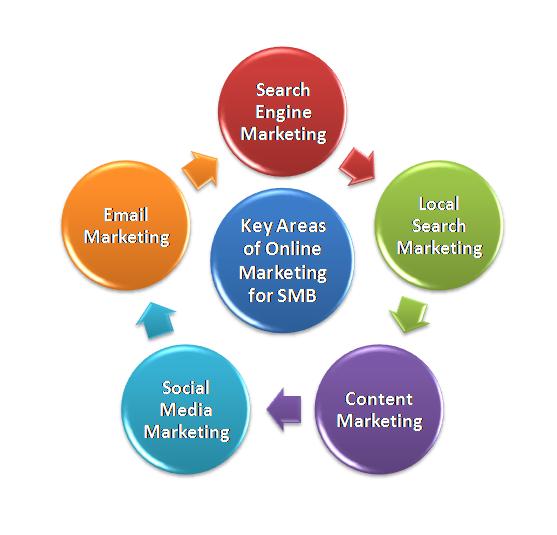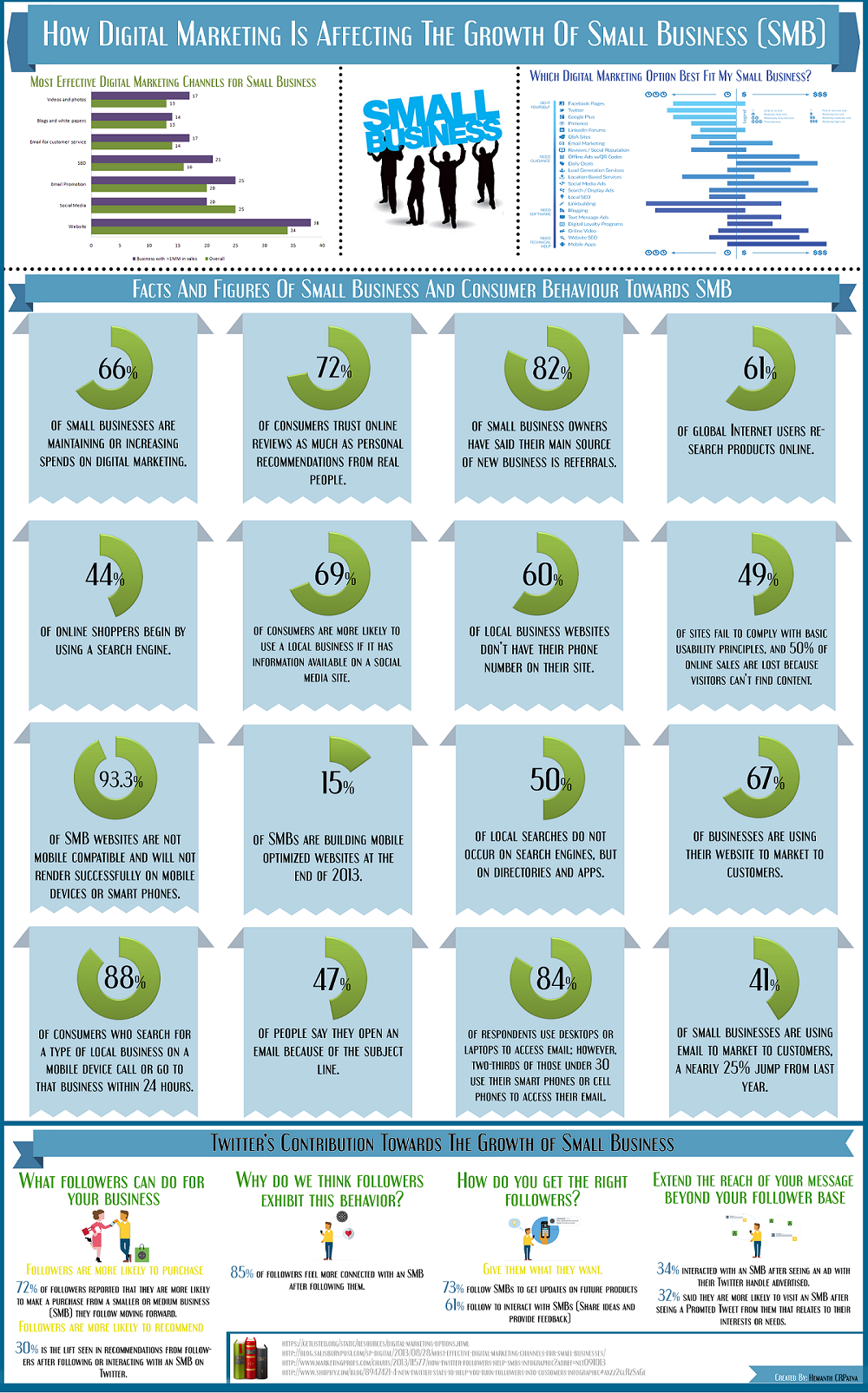There is a great deal of buzz in the industry around Ad
Exchanges and the technology associated with them. However, it is not well
understood how they operate and what the benefits to publishers and advertisers
are. In researching this topic, we found that while Real Time Bidding (RTB)
receives a great deal of attention, there are other attributes of Ad Exchanges
that are not widely discussed, yet have the potential to make a major impact on
the digital marketing ecosystem. We’ll attempt to clarify some of the concepts
used in the Ad Exchange technology stack in this article. First let’s examine
traditional Ad Networks.
How Ad Networks
Operate
In the Ad Network model, the building blocks are the
traditional components of web advertising: Web Content Servers, Publisher Ad
Servers, Advertiser (third party) Ad Servers, Database Providers, Cookies,
Tracking Pixels and Content Delivery Networks (CDN).
The process generally works as follows (simplified for
clarity):
- User begins to load a web page.
- Web page issues a request for an advertisement from the
Publisher’s Ad Server which logs the request and returns a “NET TAG”.
- Web page issues request to the Ad Network Server, which
processes its pixel, reads and/or drops its cookie, queries its database and
applies targeting (demographic, geographic, contextual, behavioral or all of
the above) algorithms. It then applies the rules set in the contract with the
advertiser. If it finds a profitable match it issues an ADV TAG and logs the
transaction. If it does not find a match, the Ad Network may pass the request
on to a partner Network, which repeats the process to determine if it has a
profitable ad to display and so on until a network claims the impression. This
processes typically involves multiple http requests and redirects, which impact
load time negatively.
- Web page processes the ADV TAG resulting in the Advertiser
Ad Server either serving the ad or handing off the request to a Content
Delivery Network (CDN).
- The browser loads the ad, if the user hasn’t already moved
on to another page.
This architecture has evolved as the online advertising
industry has matured. At this point, it has become what tech types refer to as
a “kluge”- a process which is inefficient, slow to serve creative, problematic
to traffic, difficult to report upon and expensive relative to the real cost of
the media. Add in secondary networks, yield management techniques and third
party data sources and you have a cumbersome architecture that does not scale
well.
What Ad Exchanges Do
If you have read this far, you now understand one of the most
important (if not often publicized) rationales for Ad Exchanges: Efficiency.
Suppose instead of the “Round Robin” approach described above, there was a
centralized mechanism for aggregating the impressions offered across multiple
Ad Networks and matching them (based on the advertiser’s target, budget and
placement requirements) with the most appropriate ads? What if this mechanism existed in the cloud
with a well understood API (application programming interface) for audience
targeting data and there was dynamic auction functionality around pricing which
allowed the publisher to supply his impression to the highest bidder at any
given instant? Add self-serve applications for ad creation, traffic, campaign
management and reporting and you have the basic components an Ad Exchange or
Demand Side Platform (DSP)
Real Time Bidding
(RTB)
Real Time Bidding is a dynamic auction process where each
impression is bid for in (near) real time versus a static auction where the
impressions are typically bundled in groups of 1,000. The potential advantages
are cost efficiency, higher performance and greater granularity with targeting
and measurement.
Demand Side Platforms
(DSP)
Demand side platforms (DSPs) give buyers direct RTB access
to multiple sources of inventory. They typically streamline ad operations with
applications that simplify workflow and reporting. These products are directed
at agencies, agency holding companies and large advertisers (the buyers). The
technology stack that powers an Ad Exchange can also provide the foundation for
a DSP, thus there is a synergy for plays in both spaces.
Supply Side Platforms
(SSP)
Large publishers incorporate yield management techniques to
increase ad revenue. This typically involves managing multiple networks. The
SSP play uses the data generated from impression level bidding to help the
publisher increase the value of his inventory by being on target. Applications
to manage ad operations are also bundled into these solutions. Again, the
technology is adapted from the Ad Exchange tech stack.
Obstacles to Adoption
While this technology sounds promising, there are arguments
against Ad Exchanges:
- Questionable ability to appropriately value premium
inventory.
- Devaluation of direct sales efforts.
- Fear of the commoditization of inventory (allegedly
suppressing price).
- Suitability of addressing Branding as well as Direct
Response objectives and goals.
While the jury is certainly still out, sentiments on these
issues are leaning in a positive direction based upon these assumptions:
- Homepage takeovers, guarantees and deep integration on major
properties will continue to command premium pricing and require the efforts of
direct sales teams to package, promote and manage.
- Because Ad Exchanges increase reach and provide hooks for
multiple third party data sources to plug in to the ecosystem, the ability of
the architecture to leverage RTB functionality with accurate targeting
potentially raises the value of inventory. Perhaps advertisers will pay more to
reach consumers that have been qualified by current, actionable data and are
therefore more likely to have immediate brand interest or purchase intent.
- The tactical advantages of Ad Exchanges potentially make
branding campaigns across premium inventory more effective by broadening reach.
Additionally the tools for targeting, traffic, frequency capping, rotation and
reporting are ROI enhancing to brand as well as direct response efforts.
The Players
The technology supporting Ad Exchanges is complex and
expensive. In order to scale up to handle the level of traffic enterprise clients
demand, software engineers often have to code tools from scratch. Open source
and/or off the shelf databases just can’t handle the load.
Therefore, it’s no surprise that the big three (Google,
Yahoo and Microsoft) are taking the lead in building out Ad Exchange
infrastructure. Their deep benches and pockets allow them to invest the
resources necessary to make technology like RTB actually work.
Yahoo’s Right Media
was arguably the first out of the gate with an exchange. With broad reach
across the Yahoo network it is well positioned and has recently committed to
offering more premium inventory.
Google AdEx
leverages the DoubleClick Ad Serving platform with RTB. As is typical with
Google, the technology stack is the most sophisticated of the top tier exchanges.
Microsoft AdECN
is Microsoft’s Ad Exchange for the Microsoft Media Network.
AdMeld helps
premium publishers maximize revenue from their ad inventory, reduce operating
costs and eliminate unwanted ads by giving publishers access to demand from ad
networks, exchanges and DSPs.
PubMatic is an ad
monetization and management solution which combines impression-level ad auction
technology, brand protection tools and ad operations support.
The Rubicon Project
offers Supply and Demand platforms with integrated API’s for data providers.
ContextWeb
provides real-time contextual targeting.
AdBrite is an
advertising exchange focused targeting and optimization, has real-time bidding,
API functionality and a self-service account management interface.
OpenX combines ad
serving and yield management with RTB.
Media Math is a
demand side buying and analytics
platform that aggregates the AdEx, Right Media and AdECN exchanges.
DataXu offers a
real-time ad optimization platform which manages buys on an
impression-by-impression basis across AdEX and Right Media.
AppNexus is single-point
integration to exchanges and inventory aggregators, including Google’s
DoubleClick, Microsoft’s AdECN, and others.
Turn is a demand
side platform with targeting, exchange integration and analytics.
Audience Science
specializes in segmentation and targeting data.
x+1 is a
targeting platform for advertisers and publishers. They also build dynamically
assembled landing pages and micro-sites based on demographic and behavioral
data.
Triggit
integrates with Ad Exchanges via its RTB Platform.
Invite Media’s
Bid Manager is a RTB buying application.
Content Monetized by
RTB Technology
The evolution of the technical infrastructure supporting
display advertising is all the more interesting because this tech stack
conceivably is applicable to other media types as well. Imagine video on
whatever screen supported by ads delivered with this technology…
Source: advertisingperspectives.com






















